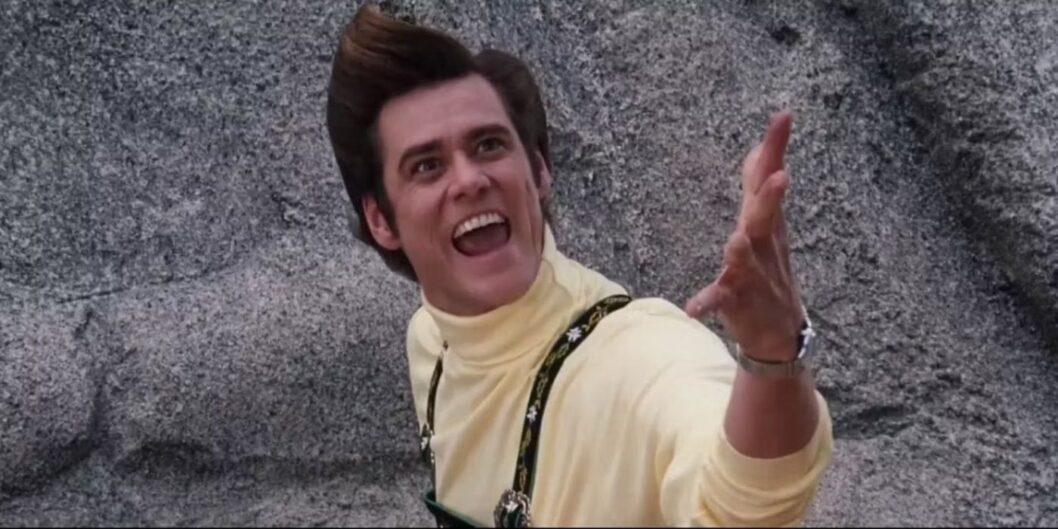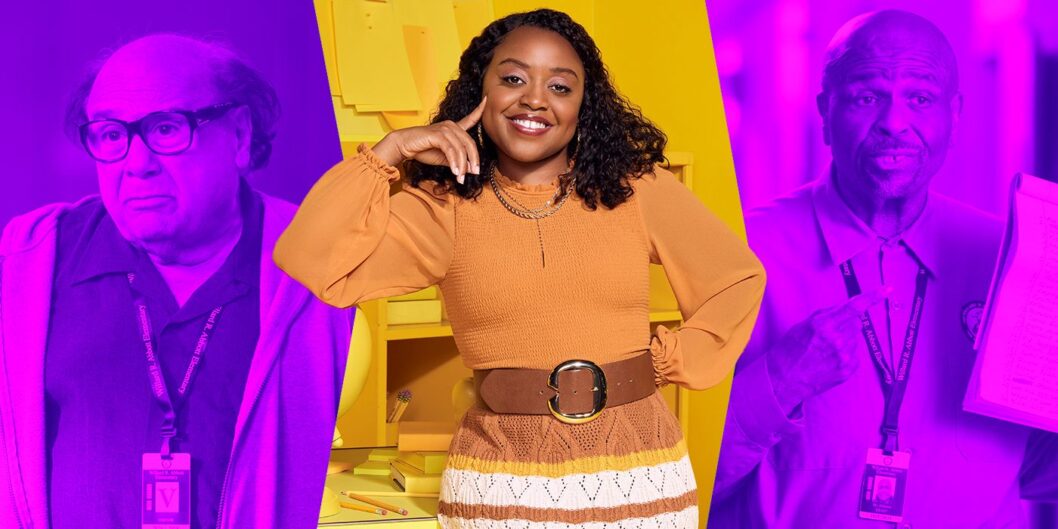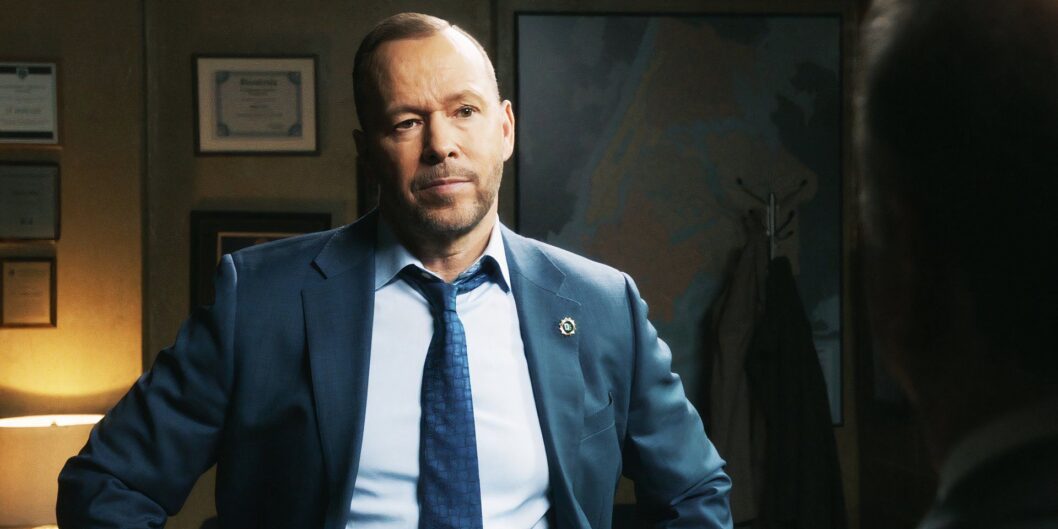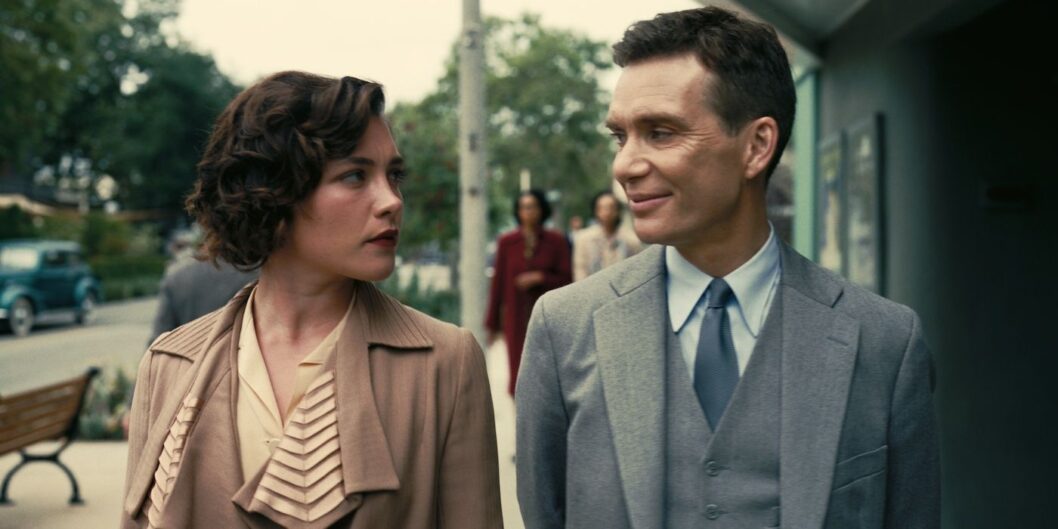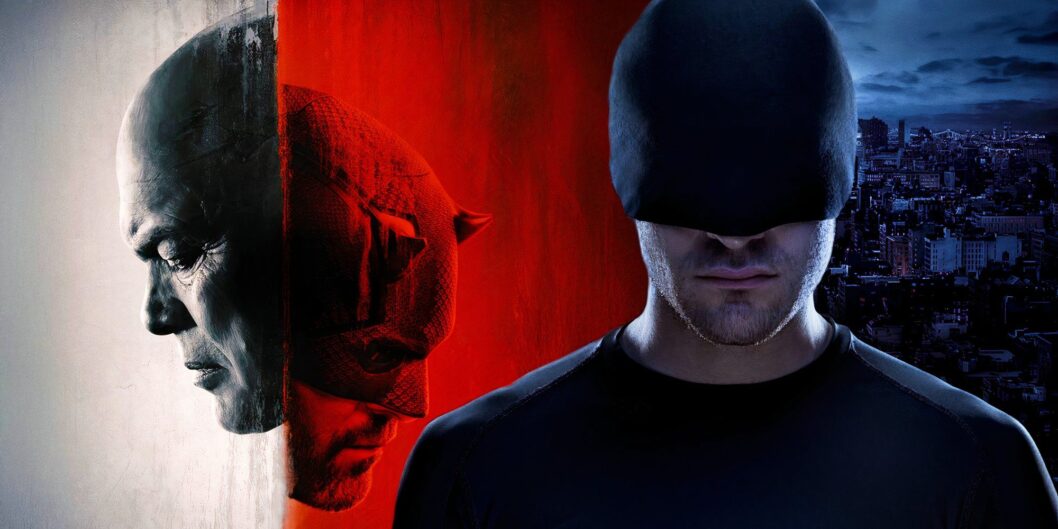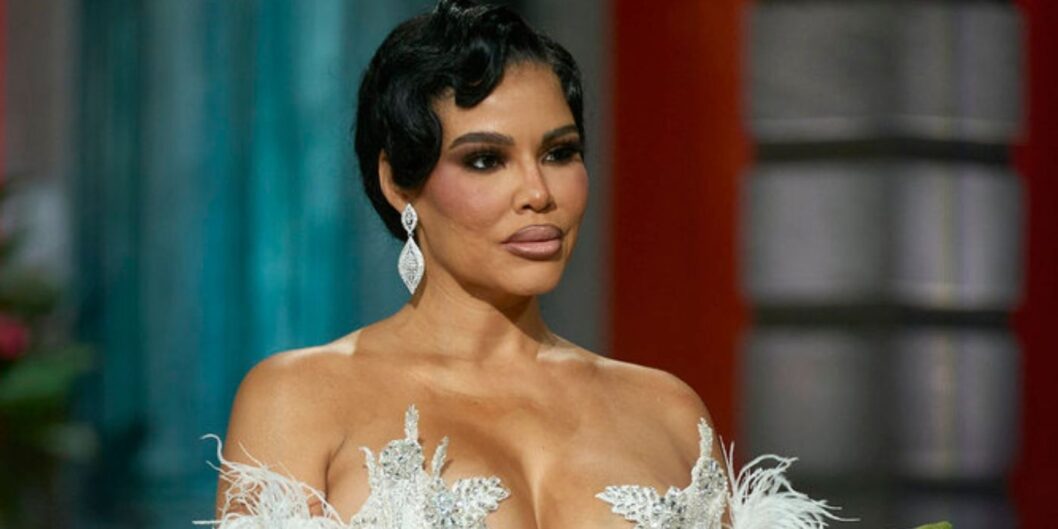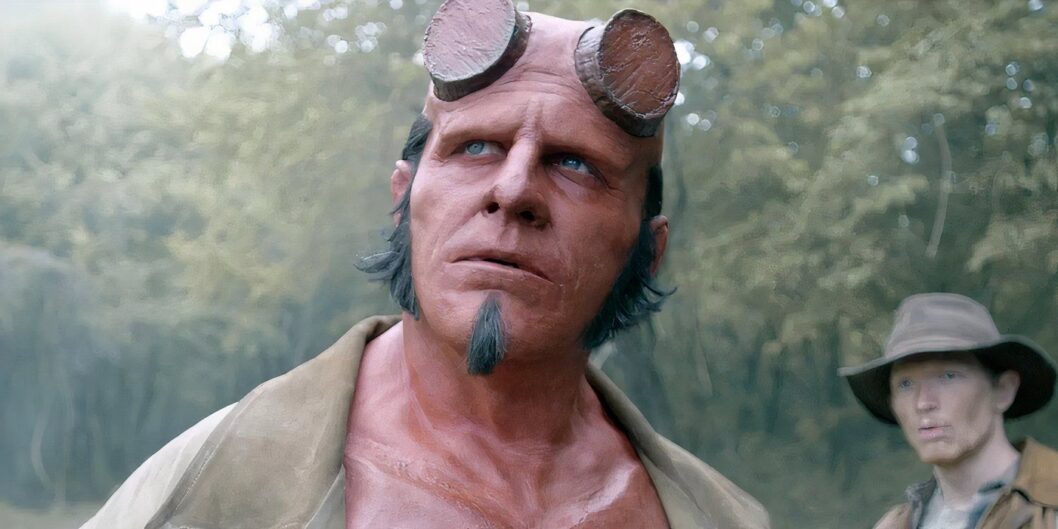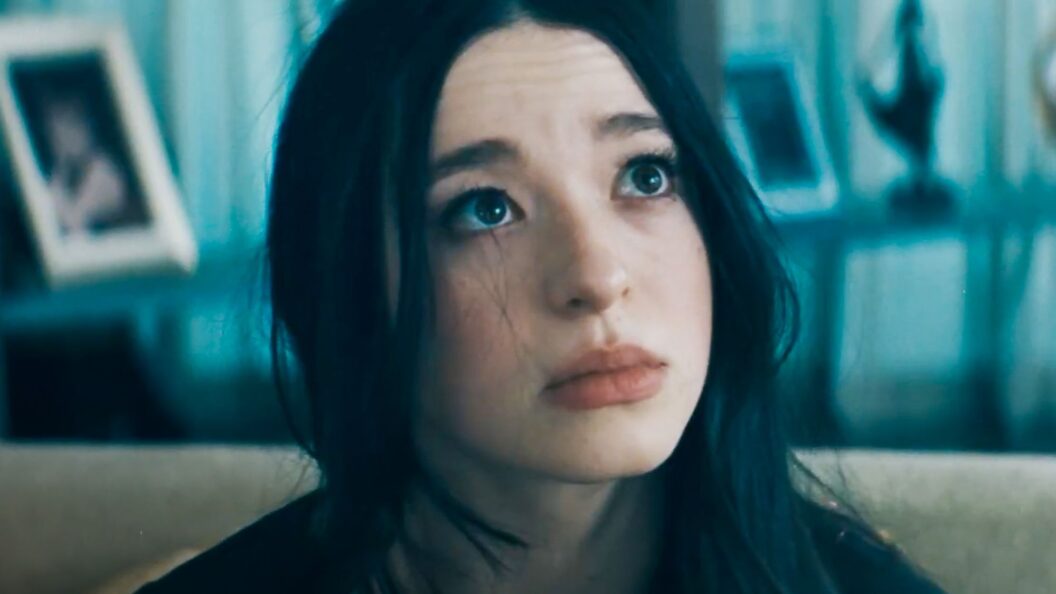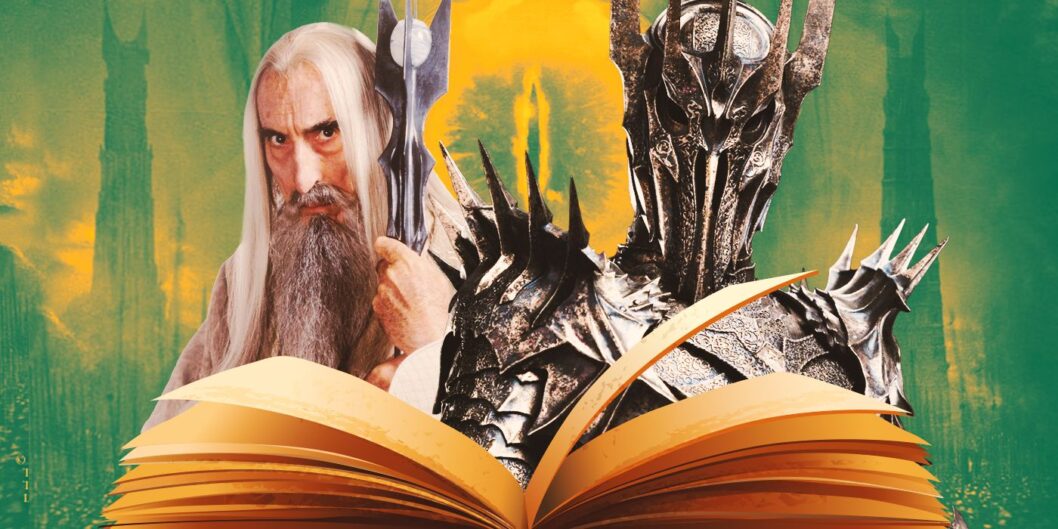Jim Carrey: A Comedy Legend’s Most Memorable Moments
Jim Carrey has been a comedic force in Hollywood since the 1990s, captivating audiences with his unique style that blends outrageous physical humor and clever wit. Known for his rubber-like facial expressions and energetic performances, Carrey has created numerous unforgettable characters across his impressive filmography. As he continues to navigate both comedy and drama, many fans still cherish his most iconic comedic moments. Below is a retrospective of Carrey’s standout scenes that showcase his unparalleled talent in comedy.
1. Bruce Almighty (2003)
In Bruce Almighty, Carrey stars as Bruce Nolan, a man bestowed with God-like powers. One of the film’s most comedic highlights occurs during a live news broadcast where Carrey’s Bruce distorts the voice of his co-worker Evan, played by Steve Carell. Viewers witness Evan struggling to maintain his professionalism while hilariously spewing nonsensical phrases. Critics noted, "It’s rare to see another actor who can work alongside Carrey without immediately being overshadowed," highlighting the chemistry between Carrey and Carell.
2. How The Grinch Stole Christmas (2000)
Carrey takes on the role of the infamous Grinch in this adaptation of Dr. Seuss’s beloved tale. Though the film received divided opinions regarding its fidelity to the source material, Carrey’s exuberant performance has amassed a dedicated following. A memorable scene involves the Grinch directing his dog, Max, in a satirical redux of the directing process, poking fun at his own director Ron Howard. Critics laud this moment as a perfect display of Carrey’s comedic skill.
3. The Cable Guy (1996)
This darkly comedic role sees Carrey as a socially awkward cable installer. His performance in the scene where he gets into a medieval-style fight in a themed restaurant has become iconic for its absurdity. Matthew Broderick plays his anxious counterpart, providing a perfect foil to Carrey’s manic energy. The absurdity of their battles raises laughter, often leaving audiences pondering the film’s underlying themes.
4. Liar Liar (1997)
In Liar Liar, Carrey plays Fletcher Reede, a lawyer compelled to tell the truth for a day due to a wish made by his son. The boardroom scene is a standout moment where Fletcher humorously dismantles his boss and colleagues with outrageous comments, revealing the talent behind Carrey’s physical comedy and sharp delivery. Critics have pointed out that the crude humor of the scene only adds to its comedic impact.
5. Man on the Moon (1999)
In this biographical film, Carrey portrays legendary comedian Andy Kaufman. The scene where he performs a rendition of the Mighty Mouse theme song echoes Kaufman’s unconventional comedic style. Carrey’s portrayal perfectly captures Kaufman’s essence, demonstrating his unique ability to merge comedy and emotion seamlessly.
6. Ace Ventura: Pet Detective (1994)
Carrey’s breakout role was Ace Ventura, a pet detective known for his flamboyant antics. One memorable scene features Ace dramatically escaping a great white shark. Carrey’s over-the-top performance, coupled with his distinctive catchphrase “Do NOT go in there!” has solidified this scene as one of his best comedic moments, highlighting his extraordinary ability to make the absurd genuinely hilarious.
7. Me, Myself & Irene (2000)
In another collaboration with the Farrelly brothers, Carrey delivers a standout performance as two opposing personalities within one character. One particularly gut-busting scene involves Carrey attempting to euthanize a wounded cow that refuses to die. The absurdity and Carrey’s comedic timing create a memorable moment defined by dark humor.
8. The Mask (1994)
The Mask showcases Carrey’s talents in a film designed to accentuate his unique comedic abilities. One notable scene, the Cuban Pete number, features Carrey’s character dancing and singing, much to the surprise of everyone around him. This performance has been heralded as a quintessential display of Carrey’s kinetic comic style.
9. Sonic the Hedgehog (2020)
In a return to comedy for younger audiences, Carrey plays the villain Robotnik in Sonic the Hedgehog. His character shines in a dance scene that evokes his earlier comedic persona, reminding audiences of his physical comedy roots and impeccable timing. The absurdity of the interactions with his assistant adds to the humor, creating a scene that resonates with both nostalgia and laughter.
10. Ace Ventura: When Nature Calls (1995)
This sequel replicates the success of the original, with Carrey receiving widespread acclaim for his portrayal of Ace once again. A pivotal scene features Ace escaping from a mechanical rhinoceros, where his physical humor and memorable facial expressions create a wonderfully chaotic moment, earning laughter from audiences.
Conclusion
Jim Carrey’s comedic legacy is punctuated by performances that have defined multiple generations. From Ace Ventura to Bruce Almighty, his unique ability to balance absurdity with emotional resonance has secured his place among comedy’s greats. As streaming platforms continue to keep these classic films alive, Carrey’s work remains a source of joy for both longtime fans and newcomers alike, reaffirming the lasting impact of his comedic genius. Carrey not only entertains but also influences emerging comedians who look to replicate his exceptional ability to elicit laughter, even in the most peculiar moments.



